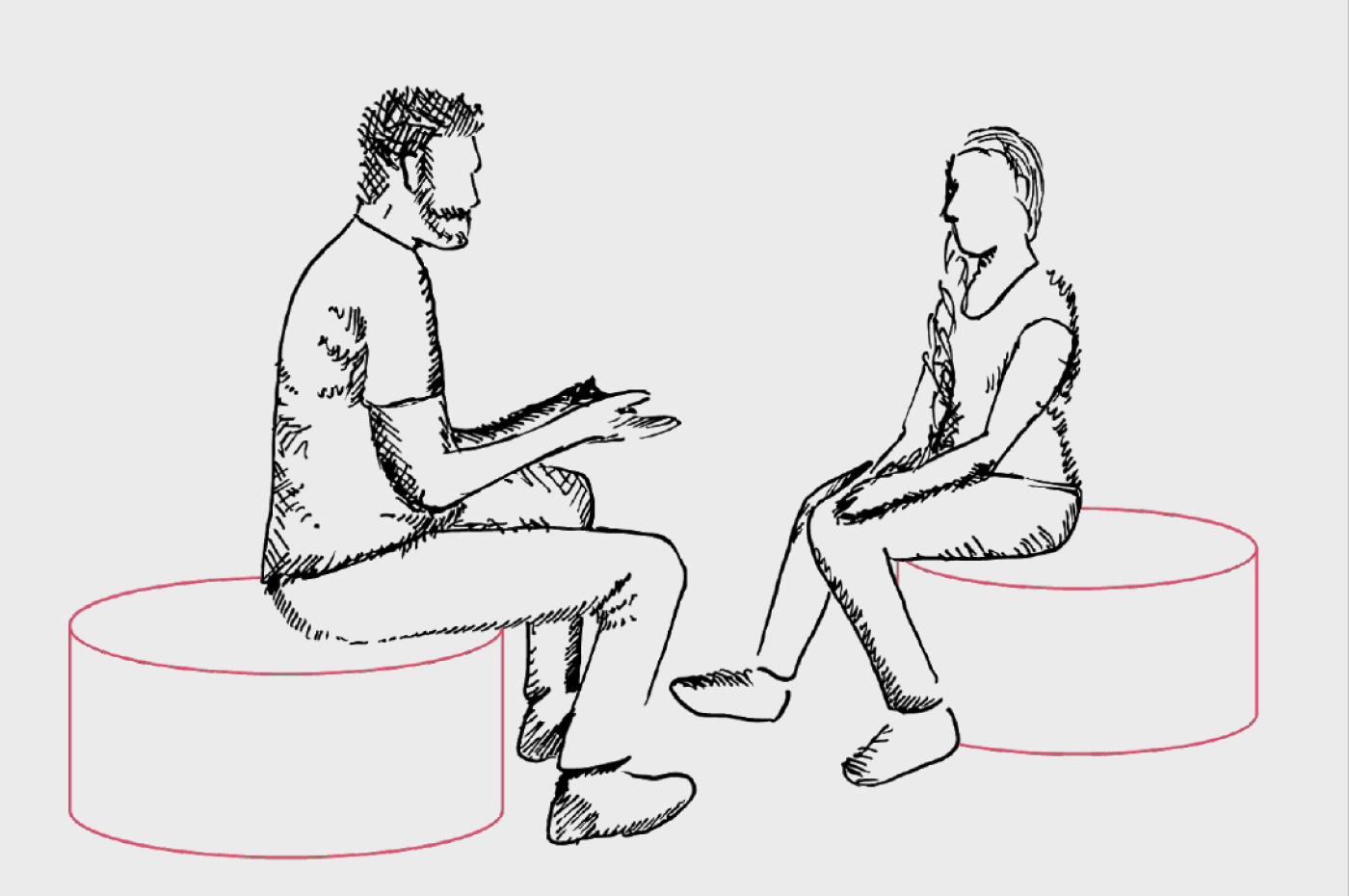NewslettersJuly 6th, 2021
PG #85: Everything has a story. Even a strategy.


Every bedtime story that took you to sleep as a child, every book you’ve loved, every film you’ve watched has been about change. That change can unfold within an individual, a collective of people, or a whole society, but any director will tell you: no shot is more prized than one where change registers on the main character’s face.
Humans are intrinsically fascinated by moments of change, so you’d think a strategy document – a roadmap for change – would have people fighting over who gets the first copy.
In my experience, the opposite happens. A small group pour all their knowledge and energy into writing a thorough, ambitious (but still realistic!) strategy... which is then filed away in the depths of Sharepoint, never to be seen again. Six months later, no one other than the odd middle manager has actually bothered to read or understand the impact of it.
The cost of this is twofold. On the one hand, it becomes very difficult for the organisations to bring about the change they seek: a handful of individuals can’t make organisation-wide change happen on their own, and it’s incredibly stressful for them to carry the burden of trying.
For the second cost, think back to those bedtime stories, books and movies, and why they captivate us. If you can’t understand the story of change that the strategy is trying to tell, you won’t feel connected to the organisation or to the bigger picture. And you can only last so long without feeling like you’re a part of something you care about.
So what to do?
Tell the story of your strategy. Keep it to a few paragraphs. Give the story a beginning, a middle and an end. A problem that needs solving, how you propose to solve it, a compelling reason why the individual should care, and what they’re going to have to do to make it happen.
Communicate that story widely in your organisation. You can still provide the PDF of the strategy, but nestle it into a story that all of your employees can get behind.
If you have a strategy that needs a story, get in touch. We’ve developed a strategic narrative framework for a recent client that we’d love to show you.


